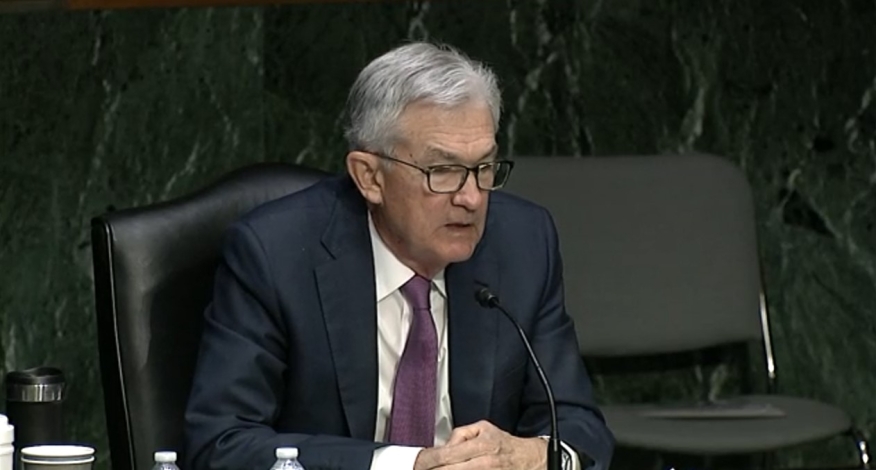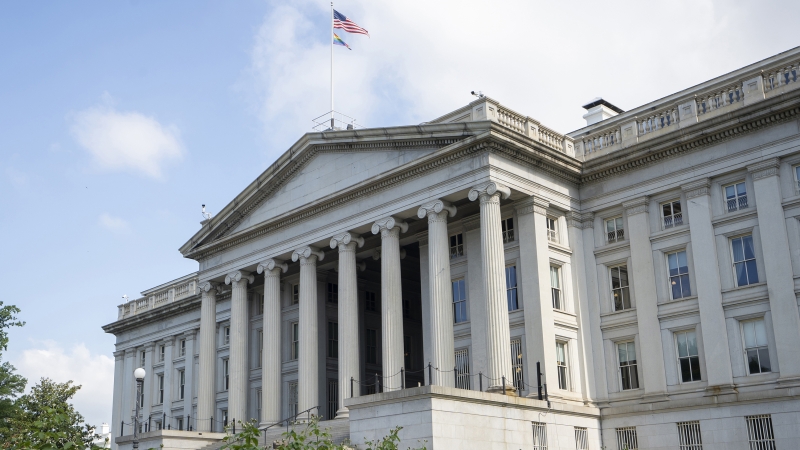Remember in the “old days” when the Fed didn’t sop up all the new issuance, and then some, of residential agency mortgage-backed securities? When rates were allowed to fluctuate with the market, and weren’t artificially held down? Pre-Quantitative Easing? We find ourselves in that environment, and then some, and originators and lenders need to pay attention.
In the past the Federal Reserve wasn’t generally known for its transparency. That has changed in recent years, and now nearly every week Fed Presidents are out speaking and voicing their thoughts on the economy and the direction of interest rates. Based on the fact that payrolls are very strong as we move through the summer of 2022, but economic growth is moderating, and inflation is well above its targeted rate, analysts believe that the Fed will begin to sell small pieces of its mortgage-backed security holdings at some point this year. Key numerical indicators and public statements from various Fed officials over the last month or so back this up, as it appears that the U.S.’s economic recovery, after being buoyed by an improving housing market and increases in household spending, is outweighed by inflation concerns.
Interest rates continue to be a discussion topic in the lending industry. Jobs and housing drive the economy in the United States, and the U.S. economy added a stronger than expected 372,000 jobs in June. The unemployment rate held steady at a healthy 3.6%, giving the Fed no reason to deviate from its plan for aggressive rate hikes. Investors may have backed off a bit from overriding recession fears, as the strong jobs report and a recent sharp decline in prices for oil and other commodities allowed for a somewhat higher possibility that the U.S. economy could achieve a soft landing. Investors cheered signs that the central bank was committed to preventing price pressures from becoming entrenched, even if that came at a cost of slowing the U.S. economy.
In addition to the employment statistics, the Federal Open Market Committee released the minutes from its last meeting. FOMC policymakers judged that an increase of 50 or 75 basis points "would likely be appropriate at the next meeting (later in July)" given the current economic outlook. They also "recognized the possibility that an even more restrictive stance could be appropriate if elevated inflation pressures were to persist." With the potential for the firmer policy to slow growth, Fed officials also removed language from the June policy statement that "indicated an expectation that appropriate policy would result in a return of inflation to 2% and a strong labor market."












